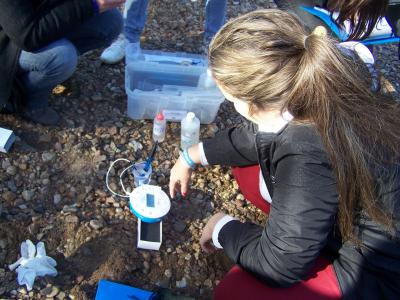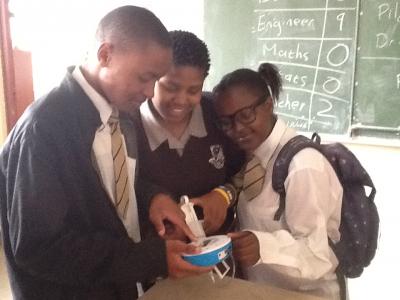As part of the prestigious Plan Ceibal, the project leaders also looked to improve science education from elementary school right through to University. Here a solution was required that could offer more sophisticated science functionality, while still be intuitive and robust enough for very young science students.
Following a call for equipment and a thorough review of the available solutions, the Labdisc was selected. Magela Fuzatti, Head of Digital Laboratories, explained why the Labdisc was a clear first choice. “The quality and durable nature of the Labdisc, together with the number of built-in sensors make the product very convenient to use, even for primary school where small children can easily perform hands-on experiments without risk of breaking.”
The Labdisc has been implemented in every Plan Ceibal center from K to 12 schools to universities across Uruguay’s cities and countryside in farm and agricultural education projects. Together with the Plan Ceibal Labbox, the Labdisc delivers 21st century mobile science learning. In order to demonstrate measurable value, every center has presented a series of class-based and field projects showing how they use the Labdisc and built-in sensors in biology, chemistry, physics, math, geography and environmental science experiments.
The range of Labdisc projects is as varied and interesting as it is far reaching: Incorporating rural schools where organic orchards are monitored, Agrarian Technical Schools where climate change impact on crops are studied, to unique summer projects where learning continues after school at the beach. Here students measure water quality, pH, temperature and light – with all data referenced to the GPS sensor. Students research why the temperature is different inside and outside the water or explore the issues surrounding pollution by testing pH, temperature and water quality in rivers and lakes across Uruguay.


